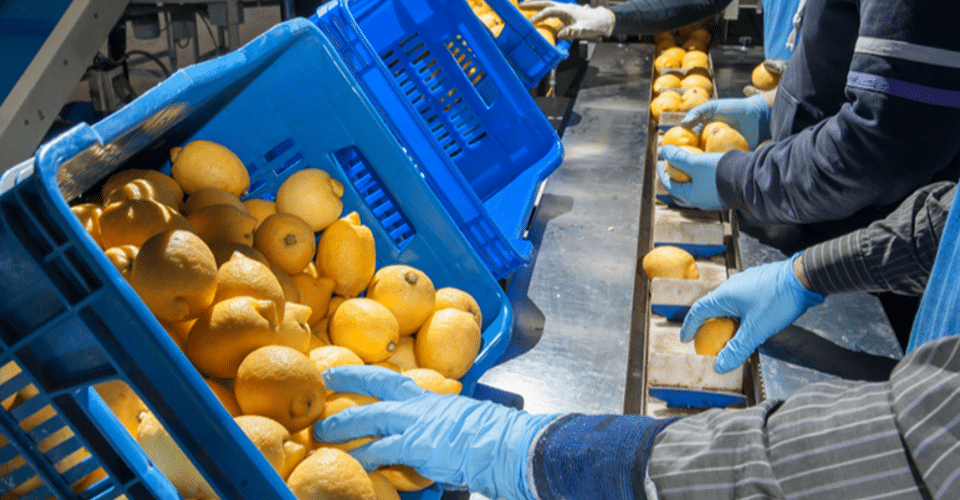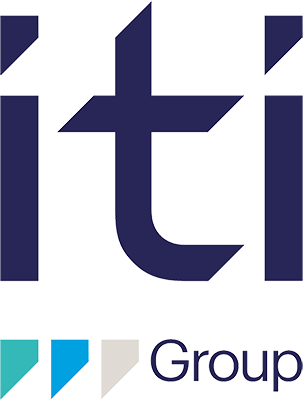What external conditions are impacting labour costs in manufacturing?

This is part 1 of a 4-part blog series exploring the common business challenges facing the manufacturing industry.
In 2020 the manufacturing sector has seen heightened business challenges and uncertain trading conditions like never before. Further political barriers are imminent with the UK-EU trade deal uncertainty. But what effect do external influences such as COVID, Brexit and the National Minimum Wage have on direct labour costs1 and overall production costs? What can manufacturers do now to mitigate the risk to profitability, and how will this shape future improvement opportunities?
What external factors are impacting manufacturing labour costs?
- COVID-19 pandemic
During the pandemic, manufacturers have experienced a magnitude of challenges including labour shortages, demand fluctuations, supply chain shifts, increased health and safety and so on. Some have geared up production to satisfy changing customer demands e.g. for PPE or hand sanitiser, whereas others have seen a major decline in order books, resulting in redundancies.
A common workforce issue faced by manufacturers is a reduction in staffing levels due to COVID related illness, self-isolation and shielding. Temporary staff are employed to cover shifts and existing staff are doing overtime to fulfil workload and maintain output. The pandemic has had a direct impact on workforce availability, resulting in more hours required to produce and hence a rise in labour costs.
- National Minimum Wage & National Living Wage rise
In April 2020, the National Minimum Wage and the National Living Wage increased by 6.2% on the previous rate2. In fact, in the past 4 years, there has been a total increase of 21% in the national minimum wage for 25 and overs. This is a real concern for manufacturers in high labour intensive, manual operations such as Food and Beverage and CPG, where labour is a high proportion of unit cost. There is a significant need here to increase the number of units produced per man-hour of production and to reduce rising labour costs. In fact, this issue is driving many manufacturers to explore new ways to control, monitor and reduce rising labour costs, such as automating processes and implementing digital technologies.
- Brexit uncertainty
Food and Drink manufacturers have a high dependency on migrant workers, compared to other sectors. Of the 400,000+ people employed by the sector, around a third are non-UK nationals. This poses a significant challenge for the Food and Drink sector3. One of the key concerns is not having enough staff on production lines to fulfil workload. Overtime shifts are often extended to maintain output, which in turn increases labour costs.
Manufacturers are also restricted by the skills shortage, forcing the need to train and upskill existing workers. Are skills shortages resulting in more or fewer hours used per production unit? Is there a possibility that more highly skilled employees with higher wage rates are working on production than originally planned? What impact is all this having on labour costs per unit?
The skills shortage is also causing manufacturers to miss production deadlines; not only costly in terms of customer relations but also impacting productivity – as more hours are needed to complete a job, again increasing labour cost per unit.
According to The Open University Business Barometer 2019 report4 the skills shortage is costing the manufacturing sector £570 million per year, the highest across all sectors. Organisations are spending more to ensure they have access to the skills required to become more productive, competitive, and efficient. Increasing salaries, spending on temporary staff, paying recruiters to find people with the right skills, and extra training to boost skills of those hired at a lower level, are all driving labour costs up.
Political factors are causing a huge reduction in workforce numbers and a subsequent rise in labour costs; but the golden opportunity lies in improving staff efficiency via upskilling, to drive productivity and boost output.
What role will digital technology play in reducing labour costs?
Although macro-environmental5 factors are largely uncontrollable, there are ways to lower the potential risk these have on your organisation. One thing is certain, in the past few months we’ve seen digital adoption increase massively in every part of our lives, whether personally (keeping in touch with our friends and family over Zoom) or professionally (daily meetings with our colleagues on Microsoft Teams). Uncertain market conditions emphasise the importance of digital technology adoption in the manufacturing sector. The demand for faster production lines, increased efficiency and cost-saving initiatives are greater than ever before, and digital IIoT technology is an enabler of this.
So, now does seem like the ideal time to accelerate digital transformation strategies and reap the benefits of digital IIoT technology – but what is stopping manufacturers from digitising their shop floor operations? How will digital technology help manufacturers become more agile and adapt to future forces in the macro-environment?
Do you have the tools to answer these questions accurately?
- Do you understand how profitably your jobs are running?
- What is your labour cost per unit and labour cost per production run?
- How many packs do you produce per operator hour?
- How accurate is your labour cost/efficiency data?
- What are your true labour costs?
Cimlogic help manufacturers discover how efficiently they are utilising labour in the production process, to highlight cost savings and opportunities for improvement. To find out more please email us [email protected]
Would you like to understand what impact your workforce has on production costs and profitability? Register here to our upcoming webinar on Fri 6th Nov 2020 at 11am – Labour Variance in Manufacturing.
References:
1 https://en.wikipedia.org/wiki/Direct_labor_cost Direct labour cost is a part of wage-bill or payroll that can be specifically and consistently assigned to or associated with the manufacture of a product, a particular work order, or provision of a service. Also, we can say it is the cost of the work done by those workers who actually make the product on the production line.
2 https://www.gov.uk/national-minimum-wage-rates
4 http://www.open.ac.uk/business/Business-Barometer-2019
5 https://www.investopedia.com/terms/m/macro-environment.asp

